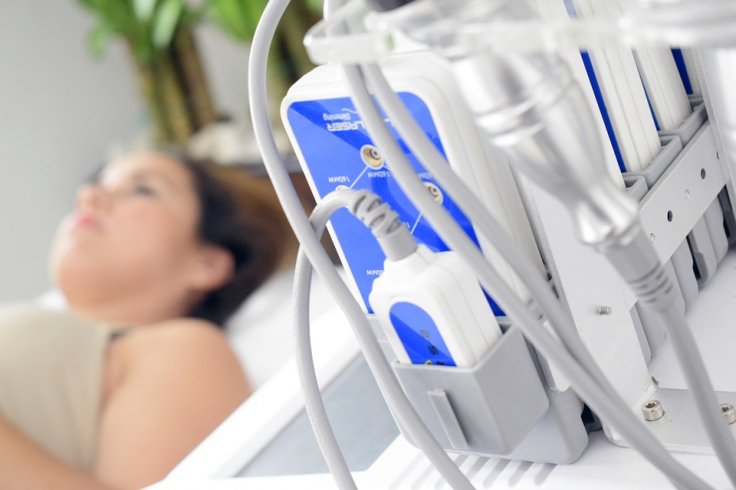
A unique virtual platform for storing 3D copies of human cancer tissues has been developed by Australian researchers, who had collected small samples of donor patients' tumor biopsies in a cancer biobank and converted them into digital copies.
These digital cancer samples in the virtual biobank are made up of high-resolution microscopy images in both 2D and 3D, plus important clinical and molecular information that may provide the foundation for virtual research into cancer.
"It currently takes many months before researchers are able to obtain tissue samples from a physical biobank and carry out investigations with it. Once a researcher has performed their study, that sample typically cannot be reused," said Jamie Flynn of the University of Newcastle, whose researchers worked on the platform together with academics from the Hunter Medical Research Institute.
The process ensures that the physical sample remains intact, but a 3D or digital copy will be available online with clinical and experimental information, which is critical for rare cancers, which are hard to study due to a limited number of samples, he said.
This 3D data can be converted into virtual reality for education and general awareness and anyone with a smartphone and Google Cardboard could experience the internal environment of cancer tissue to come out with new insights, said another researcher William Palmer.
"The Virtual Biobank will digitize and help speed up the process of accessing vital tissue samples donated by patients, which up until now could only be requested through physical biobanks," said the researchers, who worked on the platform in collaboration with the Hunter Medical Research Institute (HMRI), which has the Hunter Cancer Biobank, set up in 2012, and currently holds more than 12,000 tissue specimens from over 4,500 patients, which are available to the researchers.
In 2016, Jamie Flynn, William Palmer and another researcher by name Antony Martin jointly developed a hand-built laser microscope at HMRI that delivers clear three-dimensional cellular images with unparalleled speed and precision at an affordable cost of $70,000 compared to the commercial versions available at $1 million.
(With inputs from agencies)









